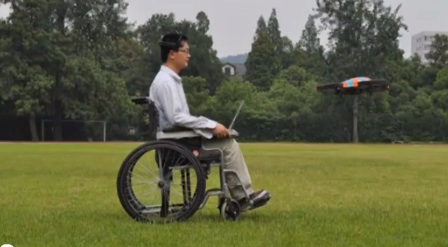Mobile Apps for Real, Live Battlefields

Article written by guest writer Kecia Lynn
What’s the Latest Development?
DARPA, the R&D arm of the US Department of Defense, has developed a number of smartphone apps designed to assist soldiers with identifying explosives, mapping, and other required wartime tasks. It is also working with defense contractors to create fixed and mobile wireless systems, allowing devices to connect with each other in areas with little to no communications infrastructure. Currently, some custom-designed apps are being tested on Dell Streak 5 tablets carried by over a thousand soldiers deployed in Afghanistan. They include a combined camera and notetaking app that facilitates intelligence collection and an app that lets commanders keep track of troops’ movements. Of this app, a platoon leader said, “[It helped] orient weapons…Without a doubt it helped cut casualties.”
What’s the Big Idea?
Commercial communications surpassed military technology in the late 1990s, according to DARPA scientists. Early bugs in today’s programs were fixed by embedding engineers at patrol bases, which enabled soldiers to provide them with quick feedback. Despite ongoing limitations, the convenience of effective mobile devices makes them very popular on the field, where every tactical advantage counts.
Photo Credit: Shutterstock.com





